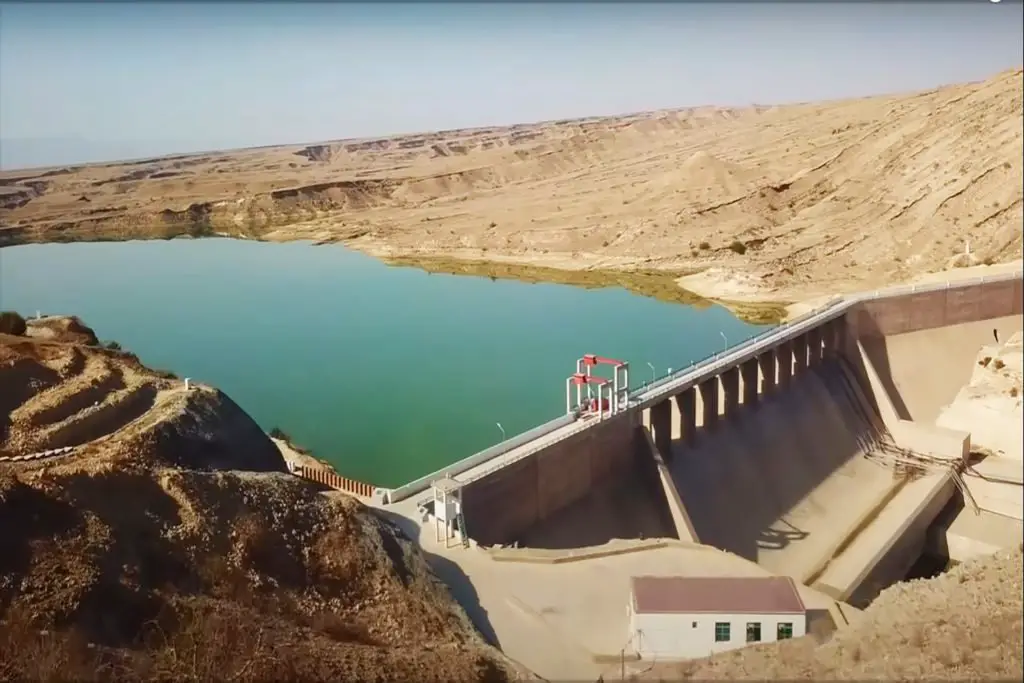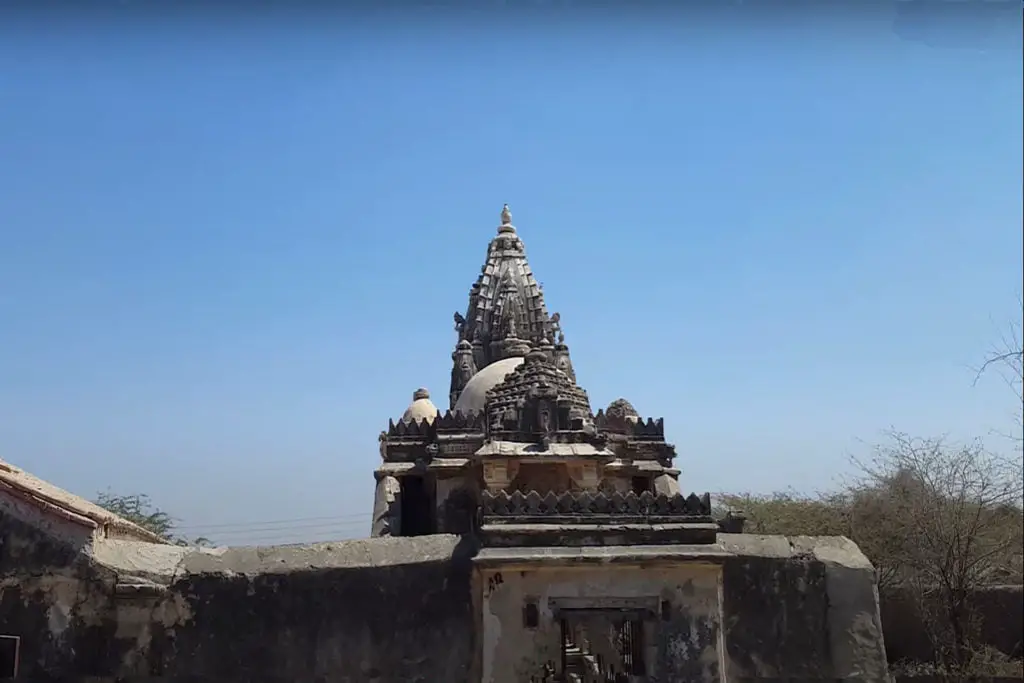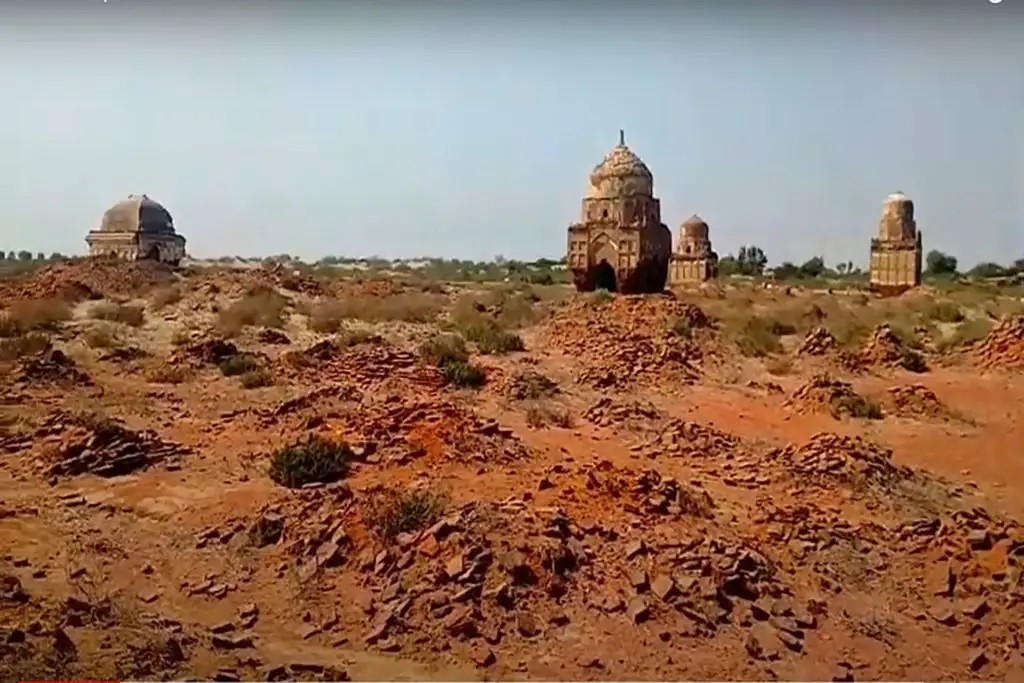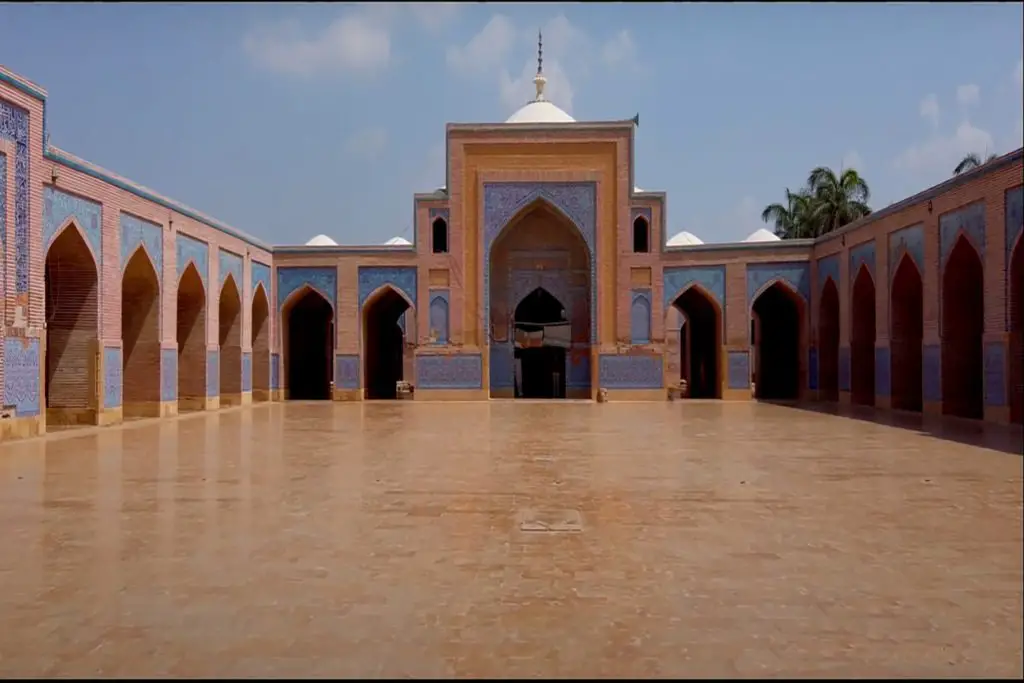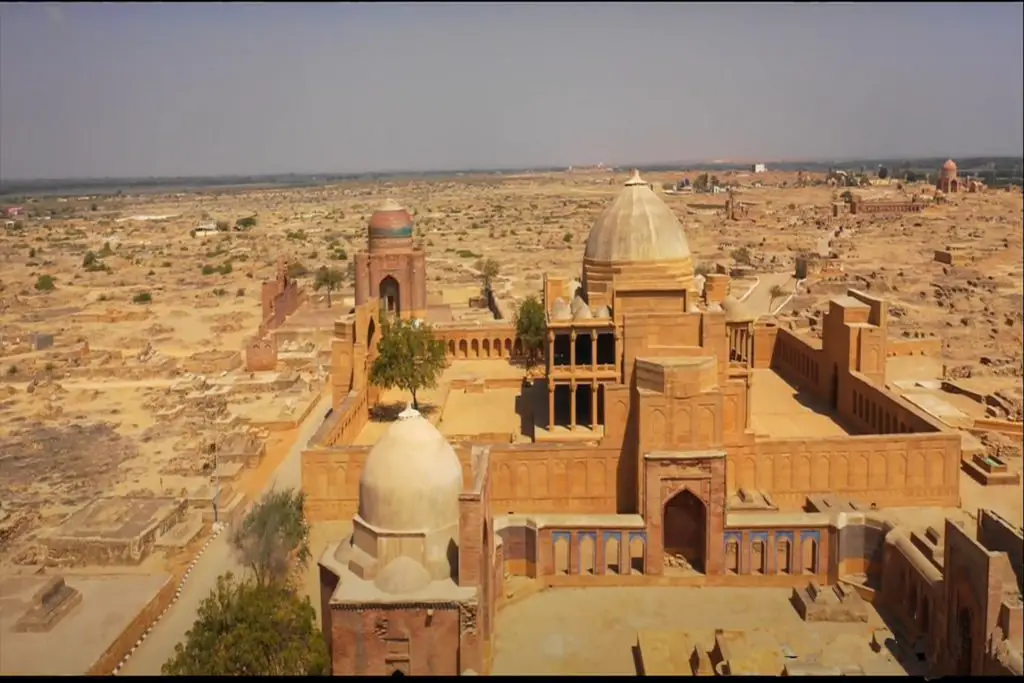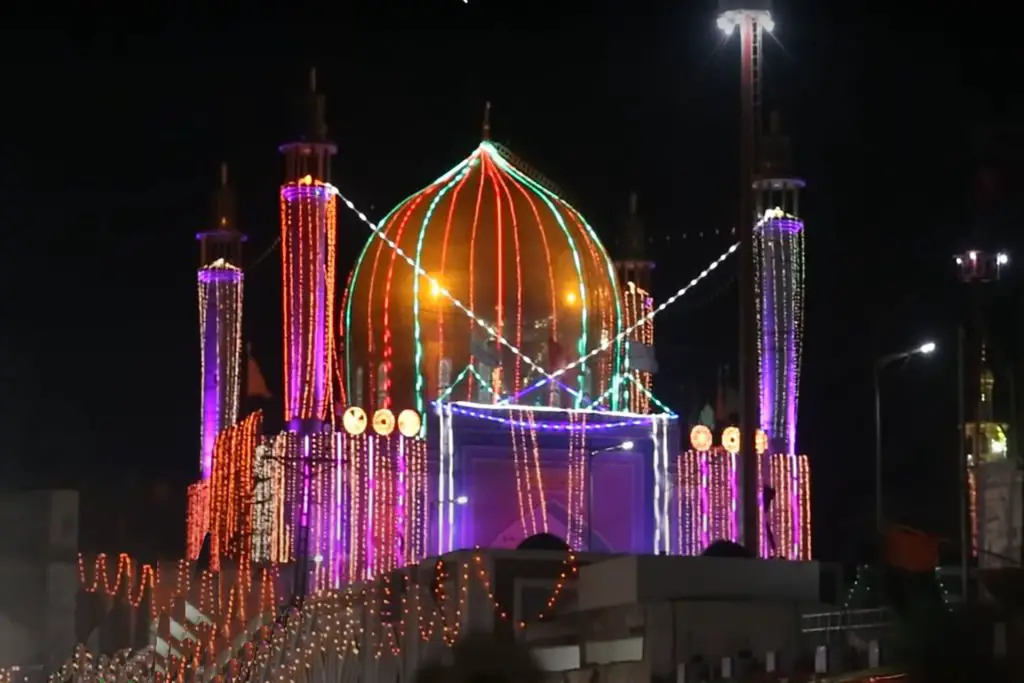Darawat Dam is a concrete gravity dam on the Nai Baran River near Jhangri village, Jamshoro district, Sindh, Pakistan.
Darawat Dam, also known as Darwat Valley Dam, is a large earth-filled dam located in the Sindh province of Pakistan. It is located on a tributary of the Indus River and provides water for irrigation and power generation within the site.
History of Darawat Dam
The construction of Darawat Dam started in March 2010 and was completed in 2013. The then President of the Islamic Republic of Pakistan Mr. Asif Ali Zardari inaugurated the dam on March 9, 2013. The total cost of construction of the dam is estimated at Rs 9.3 billion.
The dam was constructed with the help of the Water and Energy Development Authority of Pakistan (WAPDA) at a cost of around Rs 9.5 billion. The main purpose of the dam is to provide water for irrigation of the surrounding agricultural lands, which is the main source of livelihood for the surrounding population. The dam is also predicted to generate about 1.5 MW of electricity.
Features of Darawat Dam
The total length of the Darawat Dam is 820 feet or 250 meters. The overall height of the dam is 141 feet or forty-three meters. Darawat Dam has a water storage capacity of one hundred and fifty million cubic meters (120,000 acre toes). It can irrigate 10,000 hectares (25,000 acres) of land.
Location of Drawat Dam
Darawat Dam is located on the Nai Baran River near the village of Jhangri, Jamshoro, Thatta. It is about 70 km west of Hyderabad city and 135 km northeast of Karachi, Pakistan.
Benefits of Darawat Valley Dam
The main benefit of Darawat Dam is the availability of water for irrigation, which has increased the productivity of rural lands at the site. The dam has also helped to control floods and reduce the damaging effects of droughts, which are common in the surrounding area.
The water supply has also led to the development of fisheries and other related industries, which offer additional profitable assets for the neighboring population. Additionally, the dam’s hydroelectric power technology facility provides electricity to surrounding areas, reducing dependency.
Salient Features
Power Generation
Darawat Dam can also provide electricity. Even though the control station of the dam is still under development, the current generation is 0.45 MW. Hence the installed capacity of the control station is 0.45 MW and it provides clean and renewable energy to Pakistan.
The Darawat Dam’s control plant starts operating by releasing water from the supply, which then turns the turbines that generate electricity. The electricity supplied by Darwat Dam is enough to power about 18,000 homes in Pakistan. Which is more than enough during the country’s power emergency!
However, Drawat Dam could be an extension of a Water and Control Advancement Specialist (WAPDA). The development of this dam was about 9.4 billion PKR. The Darwat Dam was part of WAPDA’s plan to develop very large dams to build Pakistan’s inaccessible regions and small dams to scale up to mega-water hydropower ventures.
When was the Darawat Dam constructed?
The Darwat Dam was built in 2010 and took about three years to complete. The development of the dam was completed at the end of 2013. A significant portion of the dam is under construction and operational, but some wrapping-up touches must be added. The main purpose of dams is to store water for water systems and to generate hydroelectric control.
However, there is still some work to be done on the location, and it should still be complete. The reason for the moderate progress is the financial problems and financial emergencies that the nation goes through.
The main reason for the construction of this dam was to provide water supply and hydroelectric control for the water system within the Jamshoro district. The Darwat Dam is an important source of water for the downstream of the Indus Stream.
Tourist Attractions in Darwat Dam
Darwat Dam can be a great place and an unusual tourist destination. The dam has a picturesque view, and there may not be many sightseeing spots around it, but still, it makes for a pleasant weekend to appreciate. So let’s see what you can do at Darwat Dam to have a great day.
Route to Darwat Dam
Currently, there is no road to Darwat Dam, but the road leading to Jhangri Town is used until you turn towards the dam. So the word comes from a village about 4 km away.
Although the road in Jhangri city is metalled, it has numerous potholes, so the maximum driving speed can be 40 km/h. Another part of the road to the dam is an unpaved road, but you will be able to drive there even during the dry season. This challenging ride can be a challenge in itself!
Freshwater Reservoir
Drawat Dam can be an extraordinary thing to see what it looks like when the water is clean and fresh. It is an attraction to see this large freshwater reservoir in the middle of a dry and barren valley. The water inside the dam is heavily used to generate hydroelectricity so you will be able to see the control plant. The location of this dam is soothing to the eyes, and you will get lost in its charm.
Fishing
Darwat Dam is also a great place for fishing. The new water inside the dam is home to angle grading. So you will be able to try fishing and see if you will be able to catch something great.
If you don’t want to get your hands dirty, you can buy a new angle from Jhangri village near the dam. The angle here is usually cheap and tasty, so it’s worth a try. In any case, keep in mind to bring your adaptations to catch the angle as you won’t be able to buy it anywhere near the dam.
Hiking
After you cross the dam, the dirt road leading to the dam leads up into the mountains. So you will park your car there and go for your adventure on foot.
These climbing trails near the dam are worth investigating. The trails are tough but easy to pick up afterward, so you don’t have to worry about getting lost. The hike up to the dam is very wet, but worth it for the breathtaking views.
Jamshoro to Darawat Dam
Darawat Dam is located in the Jamshoro district of Pakistan. The best way to reach the dam is by road. In any case, numerous buses and cars ply this route. The distance is about 60 km, and it will take about an hour to reach the dam.
| |||||
| Type of Dam | Concrete Gravi tyDam | ||||
|
151 ft | |||||
|
Gross Storage |
121,600 AF | ||||
|
Live Storage |
89,200 AF | ||||
|
CCA |
25,000 Acres | ||||

